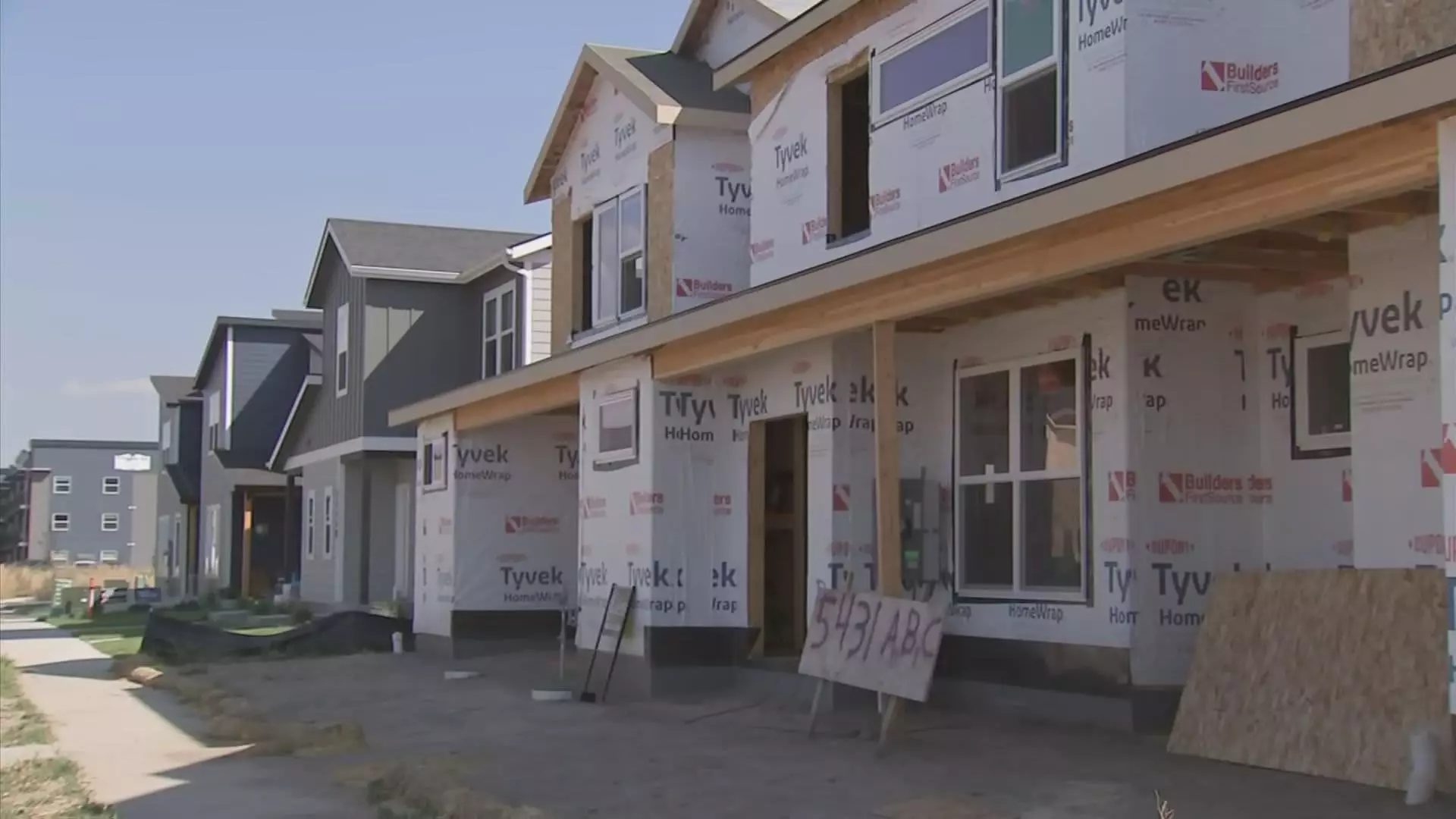The growing crisis of affordable housing in Montana has transformed from a local concern into a defining issue in the state’s political landscape. An unprecedented influx of out-of-state residents, driven by desires for a life in the Big Sky country, has sent housing prices skyrocketing, complicating the lives of native Montanans. As this situation escalates, the clash between increasing demand, supply constraints, and the response of political figures has become a pivotal aspect of the state’s socio-economic development.
In suburban areas around Missoula, a notable increase in the construction of condos and duplexes over the last three years signals a shift in the housing approach. This trend reflects a broader initiative aimed at addressing the acute need for affordable housing in a market that is increasingly out of reach for many residents. DJ Smith, president of the Montana Association of Realtors, has voiced concerns that Montanans are struggling to find homes that align with both their needs and financial means. As a consequence of intense demand and a decline in housing supply—exacerbated by a labor shortage—local communities are experiencing a realignment of the housing market landscape.
The influx of those from states with higher living costs has turned multiple cities in Montana into desirable locations, putting substantial pressure on existing housing resources. As remote work becomes increasingly popular, many wealthy individuals are seeking refuge in the state, further intensifying the competition for available homes. This transformation not only affects individual housing situations but also reverberates through the political sphere, where housing affordability is becoming a central issue in upcoming elections.
In the backdrop of this housing crisis is the contentious political battle surrounding Democratic Senator Jon Tester’s re-election campaign. Tester’s campaign has placed a significant emphasis on the housing challenges faced by residents, particularly those who feel marginalized as the market shifts towards wealthier newcomers. As election season heats up, Tester is striving to connect with voters by advocating for accessible solutions.
In contrast stands his Republican challenger, Tim Sheehy, who attributes the high housing costs to inflation and policies enacted by the Biden administration. Sheehy’s stance resonates with a segment of the electorate that holds the national economic situation responsible for local inequalities. The fierce rhetoric surrounding housing affordability ultimately poses the question: can Tester’s solutions restore balance in a rapidly gentrifying market?
Polling data indicates that Tester faces an uphill battle, which has led to increasing scrutiny on his proposals aimed at alleviating housing woes. As the National Association of Realtors labels Montana the least affordable state for homebuyers, the urgency of creating effective policy responses has never been more pressing.
Compounding the housing crisis in Montana is a significant labor shortage in the construction sector. Builders like Andrew Weigand have raised alarms about the dwindling number of skilled subcontractors, which creates an uncompetitive market. This shortage escalates construction costs and leads to extended timelines for new developments. Moreover, many tradespeople are approaching retirement age, leaving a void that younger generations are not prepared to fill.
This labor imbalance not only threatens new housing supply but also heightens the struggle for working-class professionals seeking to enter the housing market. The consequences of these labor deficits extend beyond price increases; they challenge future growth and sustainability of communities as the demand for housing escalates.
In light of these compounded issues, both Tester and Sheehy have formulated proposals to tackle the housing crisis. Tester is advocating for various initiatives, including grants aimed at improving existing housing and assistance for essential repairs. Additionally, he suggests that mobile home park owners should be incentivized to sell their properties to community coalitions, preventing further displacement of residents.
Conversely, Sheehy focuses on expanding trade programs to alleviate the shortage of contractors necessary to build homes. His argument suggests that investments in labor training could provide a long-term solution to the pressing needs of the housing market.
As the elections draw near, resolving housing affordability will require a concerted effort from both sides of the political aisle. Each candidate’s approach reflects broader trends within the state and outlines potential pathways for addressing Montana’s housing crisis. However, the outcomes of these measures will largely depend on public engagement and consistent policy support, crucial in the face of a rapidly evolving economic landscape.
Solving Montana’s housing affordability crisis demands not only immediate action but also innovative solutions that consider both political and economic realities. The path forward is fraught with challenges, yet the determination of state leaders to confront these issues head-on could shape the future of Montanans and their communities.

